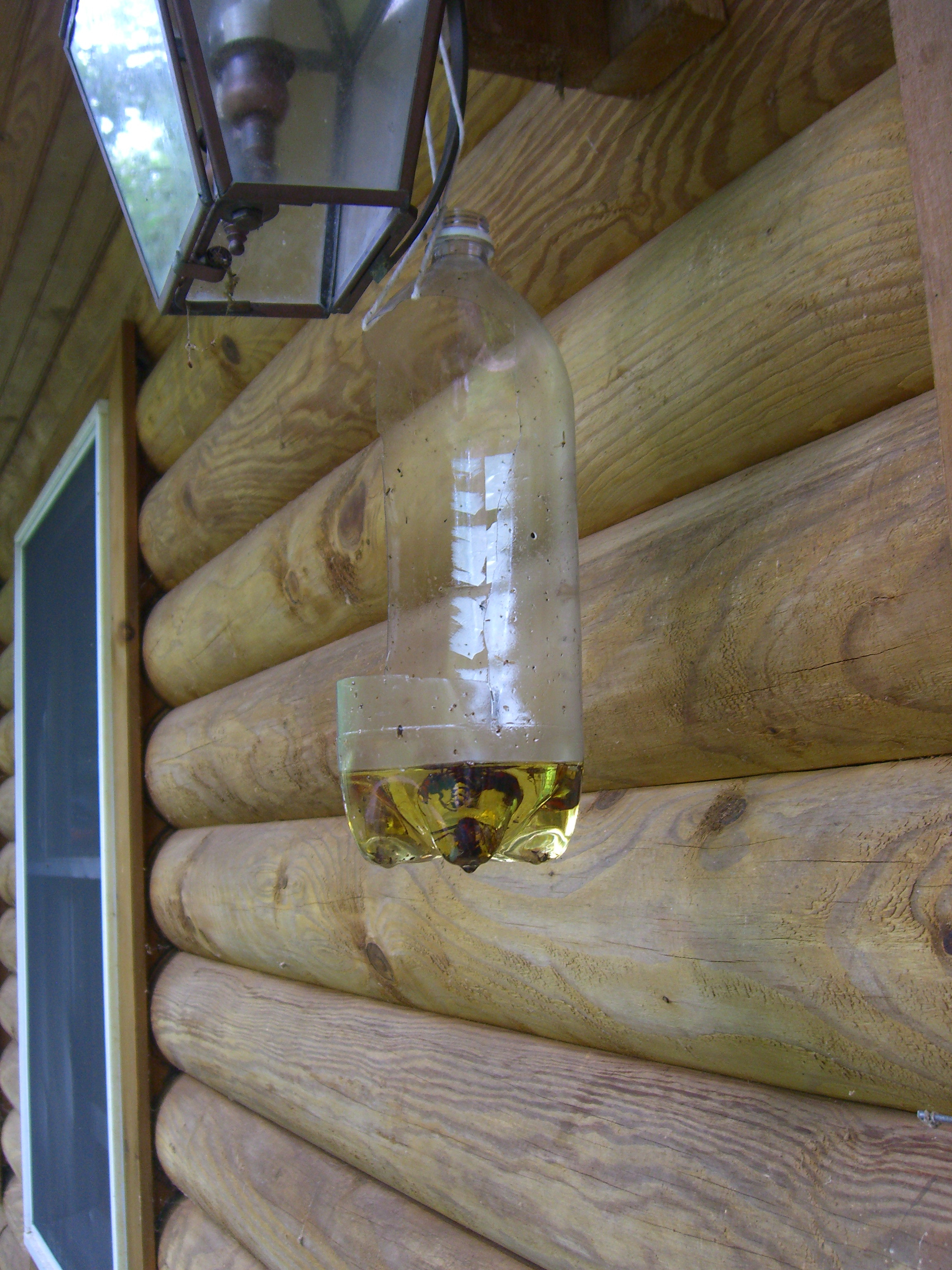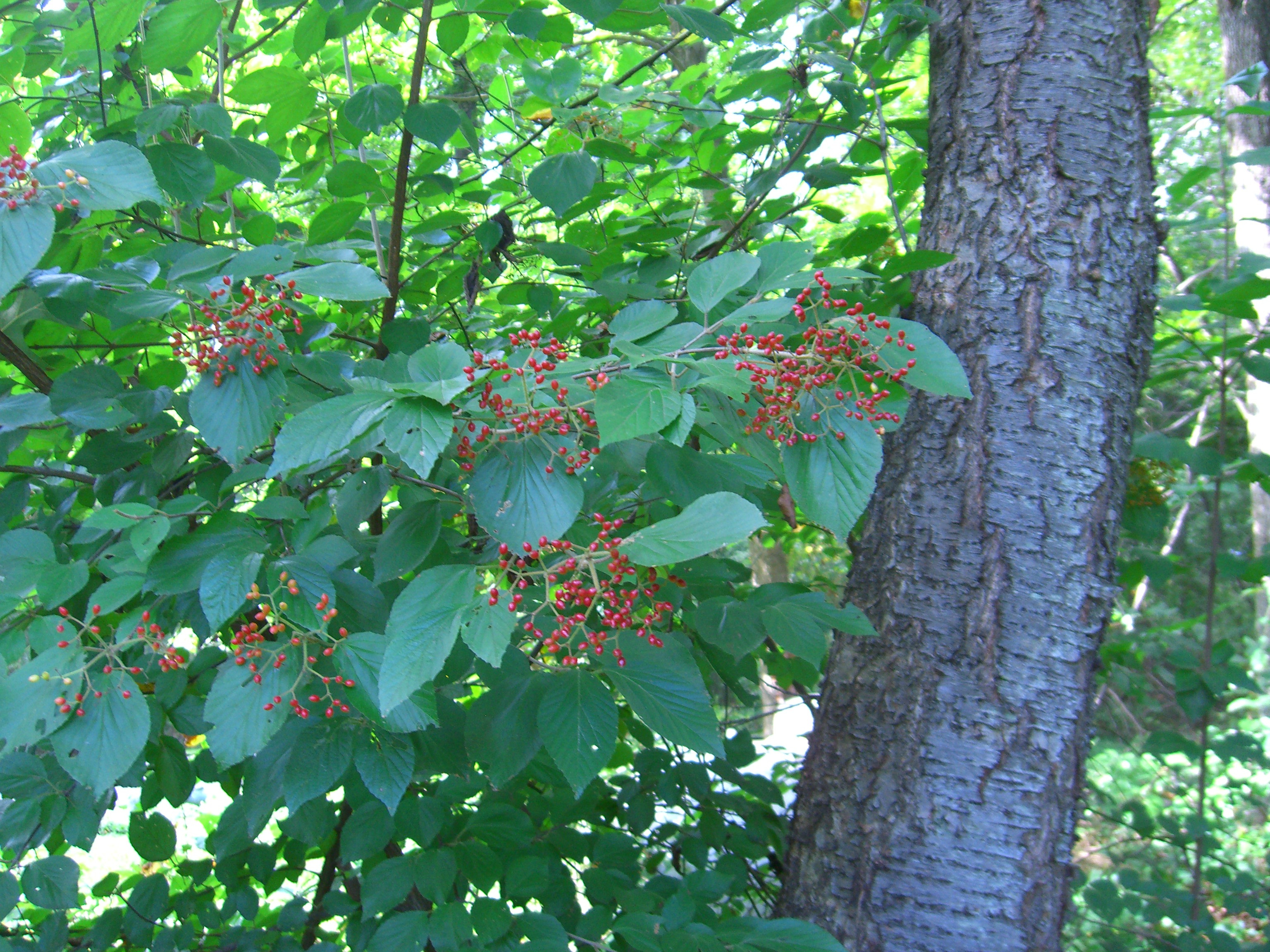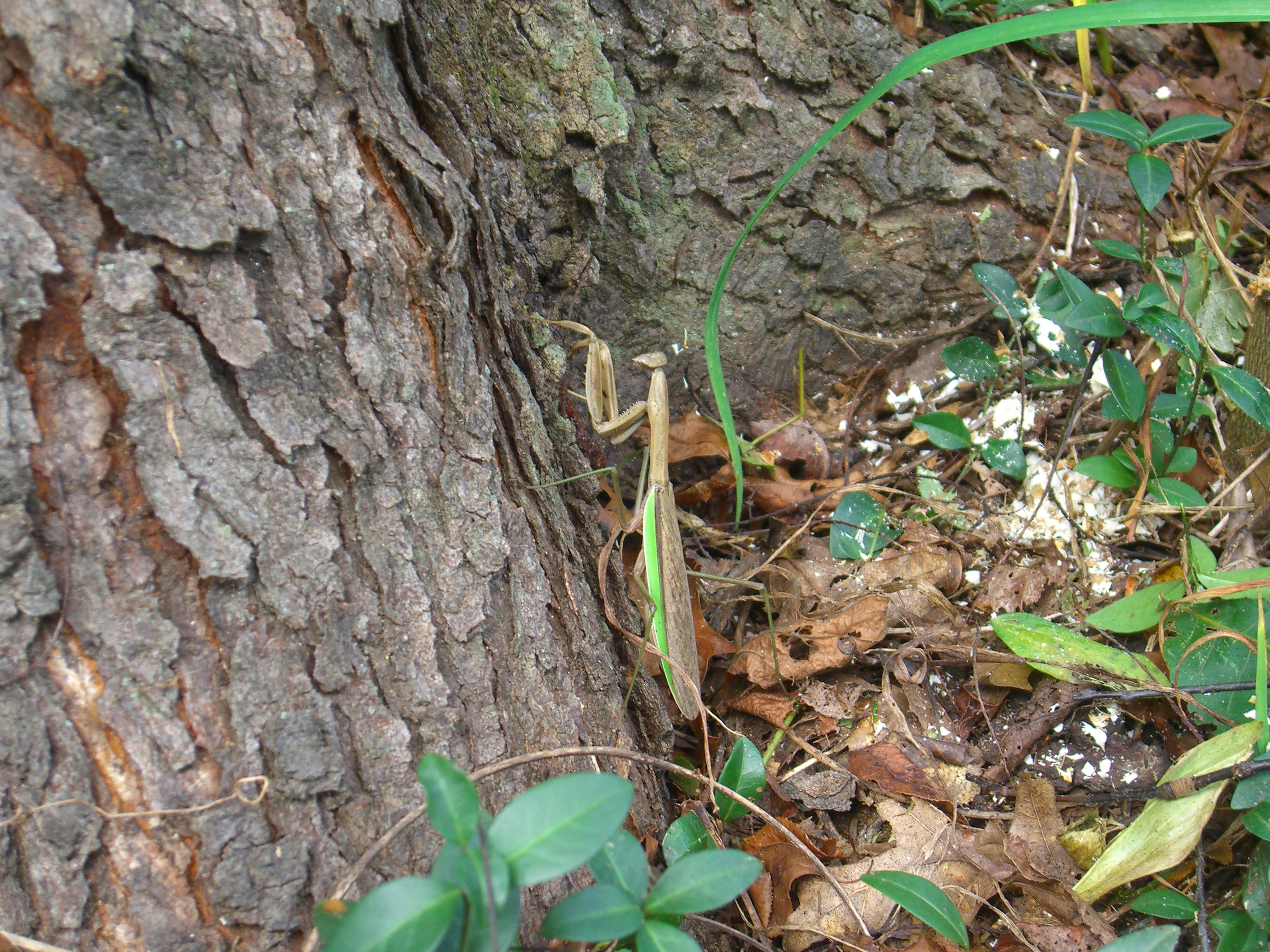Encountering large insects buzzing around your porch lights at night can be unsettling. Like the author of the original article on flyermedia.net, you might find yourself facing what appears to be an army of oversized wasps, specifically resembling mutant yellow jackets, bouncing off your windows and doors after dusk. This experience naturally leads to the question: Do Yellow Jackets Fly At Night? While the insects described in the original article turned out to be European Hornets, the initial confusion with yellow jackets is common and understandable. Let’s delve into the nocturnal habits of wasps and unravel the mystery behind these nighttime visitors.
The author vividly describes their initial fear and surprise upon encountering these large insects:
Enormous “bees” bounce off the glass of our front door. Dozens of them. Unlike moths, which flit annoying around light, or June bugs, which bump clumsily against the glass, these look threatening, like mutant yellow-jackets. They are so big they make a wasp look like a mosquito. They scare me.
This perfectly captures the common reaction to seeing large, unfamiliar insects, especially when they exhibit unusual behavior like nighttime activity. The article goes on to detail the homeowner’s attempts to identify and manage these creatures, initially mistaking them for aggressive yellow jackets. However, it’s crucial to clarify the distinction and address the core question: do true yellow jackets typically fly at night?
Generally, yellow jackets are diurnal insects, meaning they are most active during the day. They are known for their foraging activities in daylight hours, searching for food sources like sugary drinks at picnics or proteins from various sources. Their activity is strongly tied to daylight and warmth. As the sun sets and temperatures drop, yellow jackets typically return to their nests and become inactive.
However, the insect world isn’t always black and white. While yellow jackets are not nocturnal in the same way as moths or bats, there are circumstances where they might be observed flying at night, particularly around artificial lights.
Why Might You See Wasps at Night?
Several factors can contribute to wasps, including yellow jackets and hornets, being active or appearing at night:
Attraction to Light
Like many insects, wasps can be attracted to light sources. While their primary activity is during the day, a porch light or illuminated window can draw them in after dark. This is the exact scenario described in the original article:
So now dozens of them are bouncing off the front door. We turn off the interior hall light to stop attracting them. This is not a permanent solution, however.
The author noticed that turning off the lights reduced the insect activity, directly linking the attraction to light. This behavior is not unique to European Hornets; other wasp species, including yellow jackets, can be drawn to lights, especially on warmer nights.
Nest Disturbance
If a yellow jacket nest is disturbed at night, the wasps may become active and defensive, even in the darkness. Any vibrations, loud noises, or direct interference with the nest could trigger a defensive response, leading to nighttime wasp activity.
Warm Temperatures
On particularly warm evenings, especially during summer months, some yellow jackets might remain active later into the night or emerge earlier in the morning. Temperature plays a significant role in insect metabolism and activity levels.
Confusion and Navigation
Artificial lights can sometimes disorient insects, including wasps. They might mistake lights for the moon or sun, disrupting their natural navigation and activity patterns. This disorientation could lead to them flying around lights at night.
European Hornets: The Nocturnal Exception?
The insects in the original article were eventually identified as European Hornets (Vespa crabro). This is a crucial distinction, as European Hornets exhibit some behaviors that differ from typical yellow jackets, including a greater tendency for nocturnal activity.
A European Hornet, identified as the culprit behind the nighttime disturbances in the original article. Their larger size and nocturnal tendencies can be alarming.
European Hornets, as highlighted in the article, are indeed attracted to lights and are known to be active at night:
Unlike honeybees, who give their lives with a single sting, hornets can sting repeatedly and the European Hornet has a nasty big stinger. Fortunately, they are rather shy and really not aggressive–unless they are defending their nest.
This nocturnal activity is a key characteristic that sets European Hornets apart from many other wasp species, including most yellow jackets. They are known to hunt insects at night, which explains their attraction to porch lights – they are drawn to the other insects that are attracted to the light.
Distinguishing European Hornets from Yellow Jackets
While both are stinging insects and share black and yellow markings, European Hornets and yellow jackets have distinct differences:
- Size: European Hornets are significantly larger than yellow jackets, often exceeding an inch in length, as described in the original article.
- Body Shape: European Hornets have a more elongated, hornet-like body shape compared to the more compact body of a yellow jacket.
- Nesting Habits: European Hornets often nest in cavities such as hollow trees or buildings, sometimes high off the ground. Yellow jackets are more varied in their nesting habits, nesting both in the ground and in structures.
- Nocturnal Activity: European Hornets are more prone to nocturnal activity and attraction to lights than yellow jackets.

An ingenious homemade trap using a soda bottle and vegetable oil, a testament to dealing with insect issues around the home.
Dealing with Wasps Around Your Home at Night
If you’re experiencing wasps around your home at night, here are some steps you can take, inspired by the resourceful approach in the original article:
- Identify the Insect: Determine if you are dealing with yellow jackets, European Hornets, or another type of wasp. Size and behavior can be key indicators.
- Reduce Light Attraction: Turn off unnecessary outdoor lights, especially porch lights and decorative lighting, to minimize attraction.
- Seal Entry Points: If wasps are entering your home, seal any cracks and openings in walls, windows, and doors.
- Consider Traps: As demonstrated in the article with the soda bottle trap, simple traps can be effective for catching individual insects. For European Hornets, a similar trap with vegetable oil can be used.
- Locate Nests (Cautiously): If the problem persists, try to locate the nest during the day. European Hornet nests are often in cavities, while yellow jacket nests can be in the ground or structures. Do not approach nests closely, especially at night.
- Professional Help: For large nests or if you are allergic to stings, contact a professional pest control service. Removing wasp nests, especially European Hornet nests, can be dangerous and is best left to experts.

Understanding hornet nesting habits is crucial for safe management. While they are generally not aggressive, nests should be approached with caution.
Conclusion
So, do yellow jackets fly at night? While typically diurnal, yellow jackets can occasionally be seen at night, especially around lights or if their nests are disturbed. However, if you are consistently encountering large wasp-like insects at night that are attracted to lights, you might be dealing with European Hornets. Understanding the behavior of these insects, as the author of the original article discovered, is the first step in effectively managing them and coexisting safely in your environment. Remember, observation and cautious action are key when dealing with any stinging insects around your home.

Nature continues, even amidst insect encounters. Observing wildlife and maintaining a balanced perspective is part of living in harmony with nature.